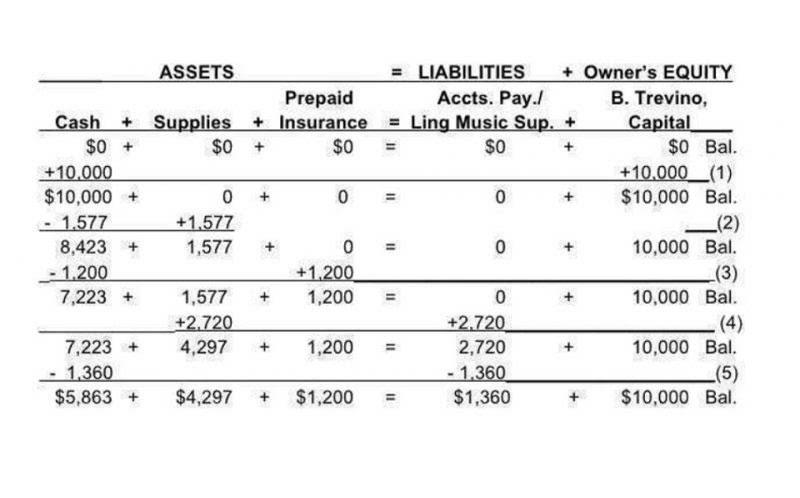Times interest earned Wikipedia
Content

According to LeaseQuery, financial leases have interest expense but it’s not considered an operating expense, and, therefore, not included in the calculation of EBITDA [and EBIT]. And companies report interest expense related to operating leases as part of lease expense rather than as interest expense. Given these assumptions, the corporation’s income before interest and income tax expense was $1,000,000 (net income of $500,000 + interest expense of $200,000 + income tax expense of $300,000).
This ratio allows banks or investors to determine loan terms, such as the interest rate and loan amount a company can safely take on. If you’re using the wrong credit or debit card, it could be costing you serious money. Our experts https://www.bookstime.com/articles/times-interest-earned-ratio love this top pick, which features a 0% intro APR until 2024, an insane cash back rate of up to 5%, and all somehow for no annual fee. If you’re reporting a net loss, your times interest earned ratio would be negative as well.
Here’s A List Of 128 Bankruptcies In The Retail Apocalypse And Why They Failed
Most companies need to borrow money occasionally to maintain or expand their business. However, if a company can’t meet its debt obligations, it could go bankrupt. The TIE ratio is a predictor of how likely borrowed funds will get repaid. The TIE ratio is always reported as a number rather than a percentage, with a higher number indicating that a business is in a better position to pay its debts. For example, if your business had a times interest earned ratio of 4 times, it would mean that you would be able to repay your interest expense four times over.
- We’re firm believers in the Golden Rule, which is why editorial opinions are ours alone and have not been previously reviewed, approved, or endorsed by included advertisers.
- To elaborate, the Times Interest Earned (TIE) ratio, or interest coverage ratio, is calculated by dividing a company’s earnings before interest and taxes (EBIT) by its periodic interest expense.
- You can find the interest expense and calculate the company’s pre-tax income from the parameters available in the income statement.
- This may entail consolidating your debts and perhaps some painstaking decisions about your business.
- A higher TIE ratio shows that a company can cover its interest payments and still have room to reinvest.
- They have contributed to top tier financial publications, such as Reuters, Axios, Ag Funder News, Bloomberg, Marketwatch, Yahoo! Finance, and many others.
The resulting ratio shows the number of times that a company could pay off its interest expense using its operating income. In general, it’s best to have a times interest earned ratio that demonstrates the company can earn multiple times its annual debt obligation. It’s often cited that a company should have a times interest earned ratio of at least 2.5.
Interest Coverage Ratio vs Times Interest Earned
The times interest earned ratio provides investors and creditors with an idea of how easily a company can repay its debts. It is important to note, however, that the ratio does have some limitations. Generally speaking, a company that makes a consistent annual income can maintain more debt as part of its total capitalization.

The interest coverage ratio and the times interest earned ratio are two financial ratios that are often used to assess a company’s ability to pay its debts. Both ratios measure a company’s https://www.bookstime.com/ ability to make its interest payments, but they do so in different ways. The interest coverage ratio is calculated by dividing a company’s EBIT by its interest expenses.
What is the Interest Coverage Ratio?
When you have a net loss, the Times Interest Earned ratio is certainly not the best ratio to concentrate on. We can see the TIE ratio for Company A increase from 4.0x to 6.0x by the end of Year 5. In contrast, for Company B, the TIE ratio declines from 3.2x to 0.6x in the same time horizon.
This is also of great use for users who are willing to make comparisons between two or more organizations with respect to their financial wellness. It can be calculated by adding the interest expenses and the tax expenses to the net income of the company. A bank or investor would use the ratio to determine if a company might need to pay down other debts before taking on more. A business could use the ratio to ensure it is not risking solvency by taking on additional debt.
